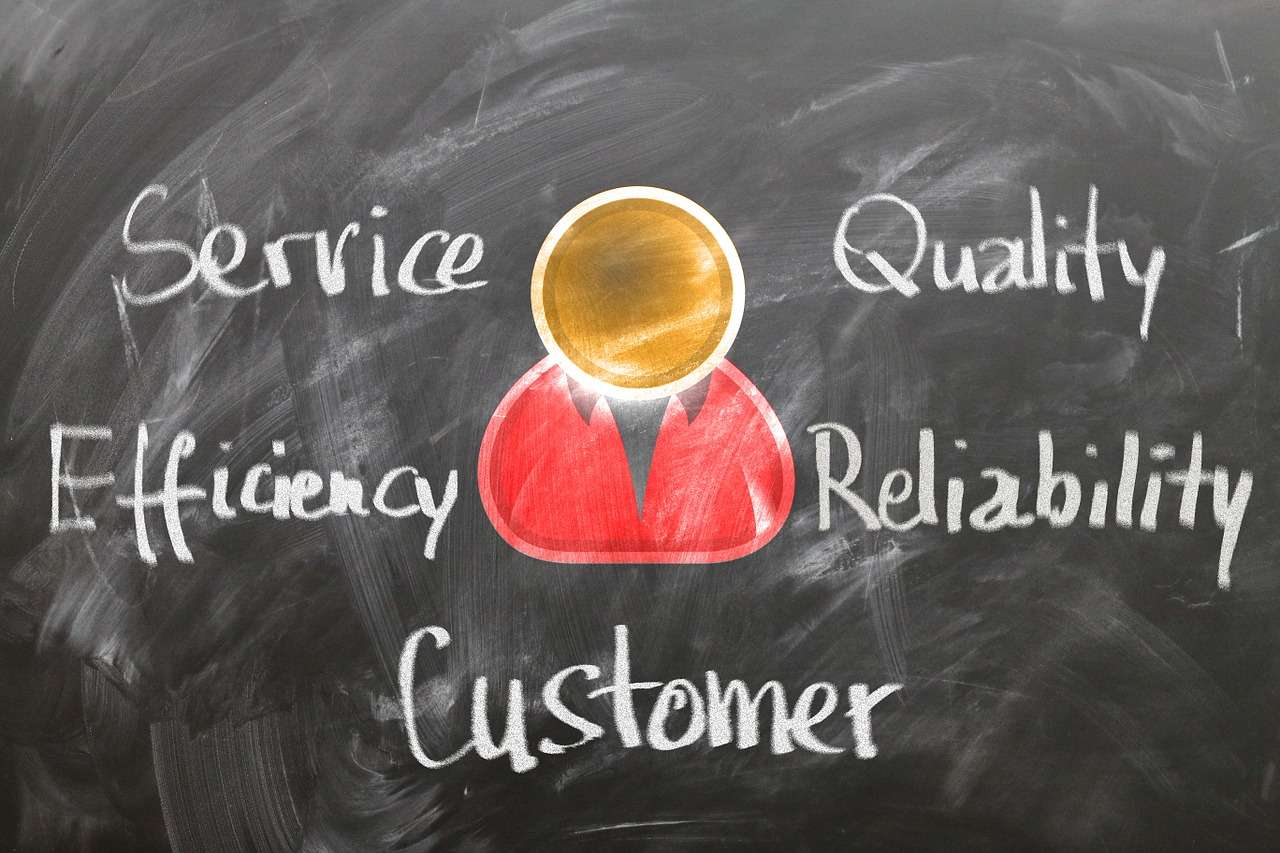With the world still in partial lockdown following the pandemic, the question on every company’s lips is how to deal with the potential financial fall-out of Covid-19. With this in mind, Markus Lindblad from Haypp Group, has some advice on how to build a relationship with your consumers – which may help to carry you both through these uncertain times.
Build a relationship with your customers
Often during times of financial or social unrest, the sales of “pampering” items such as chocolate and tobacco increase. This may be due to the fact that they are somewhat more exciting than everyday necessities, but still remain relatively affordable to everyday consumers. Remaining available to a wider demographic is one of the most important things to bear in mind during this pandemic.
According to Lindblad, “the closer we become with our customers, the more we will understand their needs across different markets and customer segments. Only then can we be on the customers’ side”.
In other words, speak to your market from its current position. At the moment, people are looking for comfort and a feeling that the brand “understands where they’re coming from”. Building this kind of customer loyalty now will only stand in you in good stead later, when the market begins to pick up.
Job creation benefits both the consumer and the company
By building customer relationships and increasing sales, you may find yourself in a position that allows for expansion and job creation. Lindblad saw this occur first-hand, as he stated that “in response to this highdemand [for our products], we’re creating new…jobs at ourdistribution centers and commercial offices”.
The immense loss of employment and opportunities throughout 2020 means that people are looking at companies for help, work, and ultimately a sense of security. It is not hard to imagine the sense of loyalty and appreciation that consumers will feel to any brand that attempts to provide some respite from their current situation.
And of course, never forget that providing salaries allows purchase habits and consumption to return to normal levels – making this a win-win strategy in the long run.

